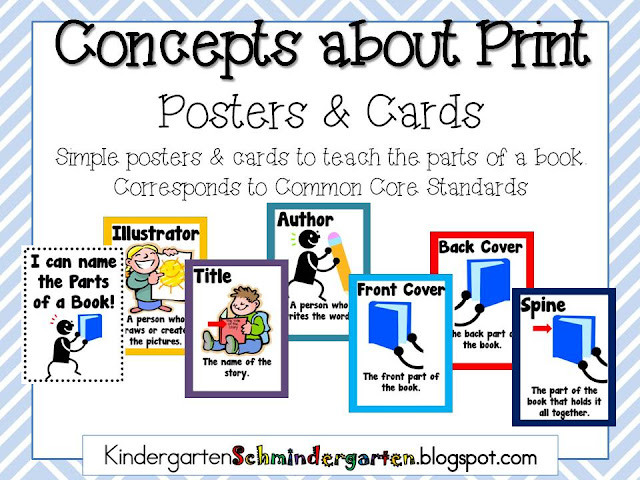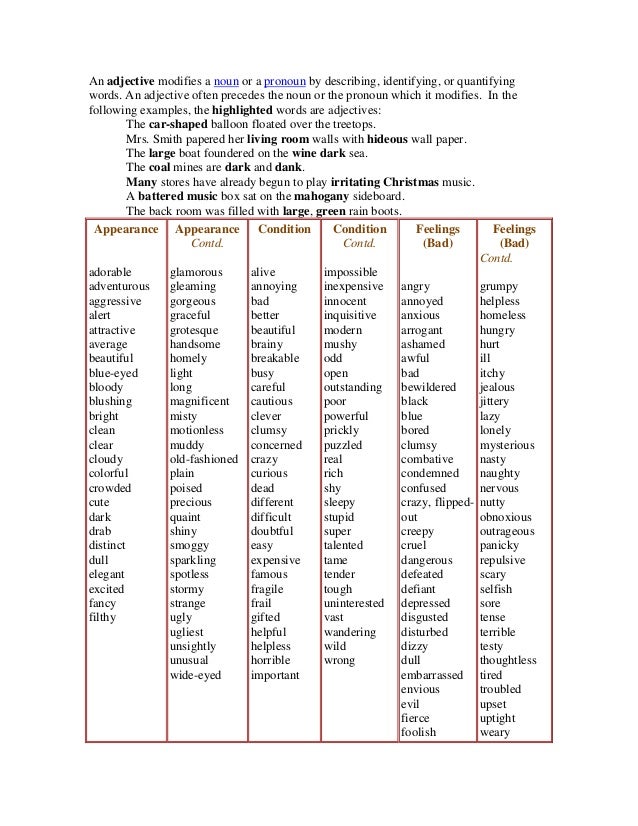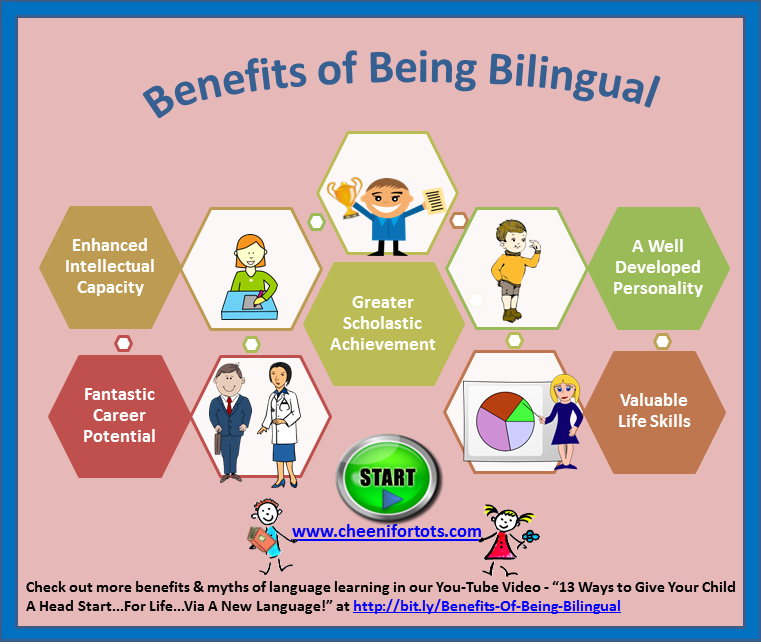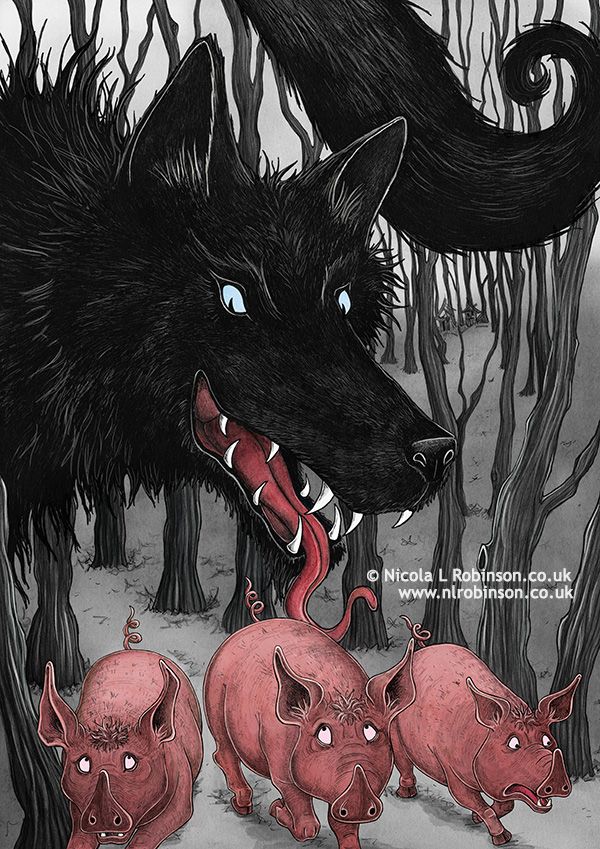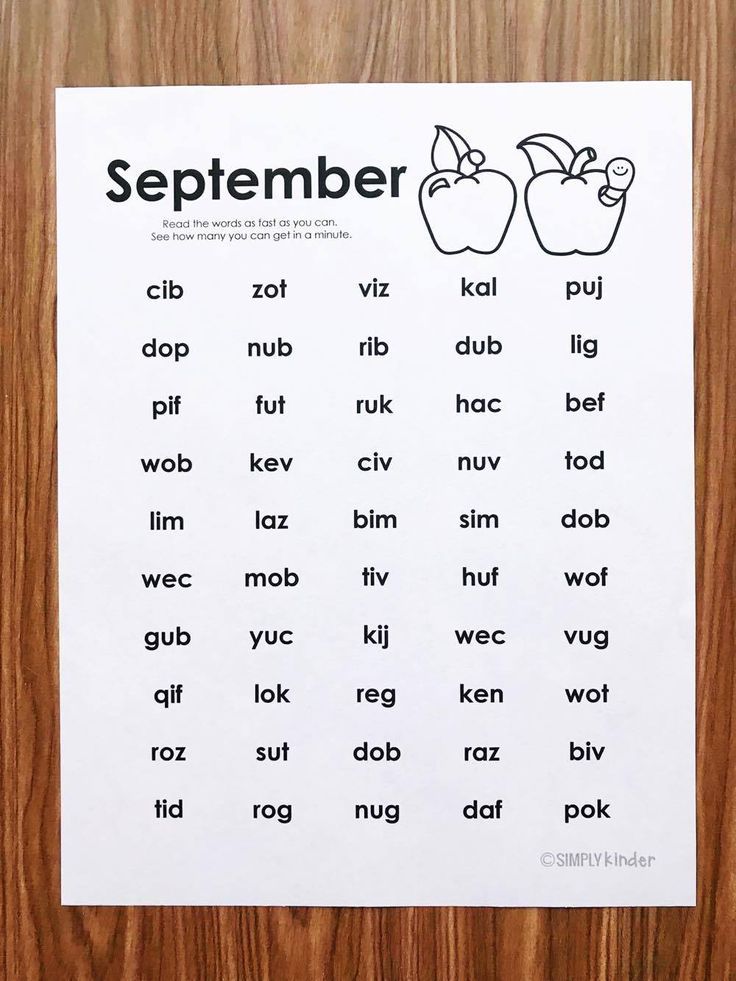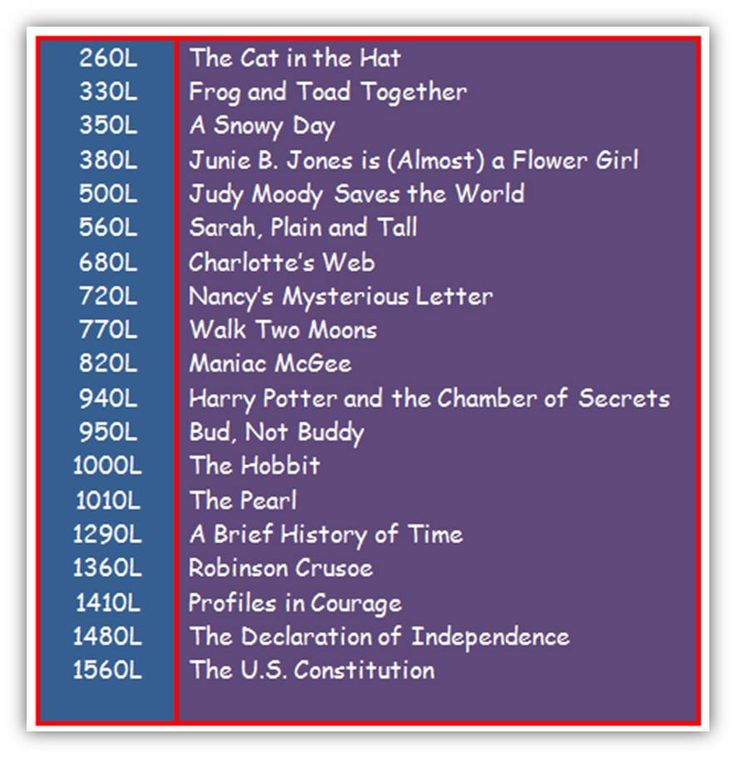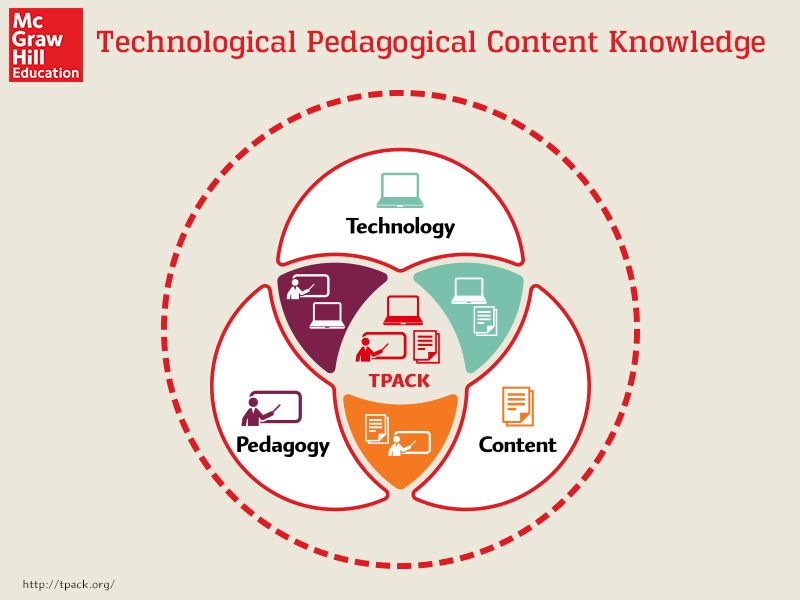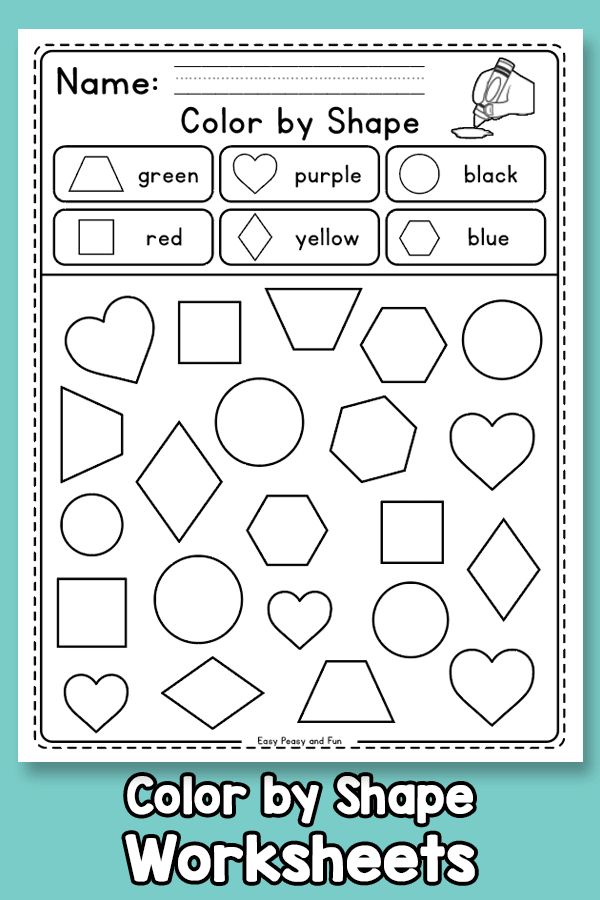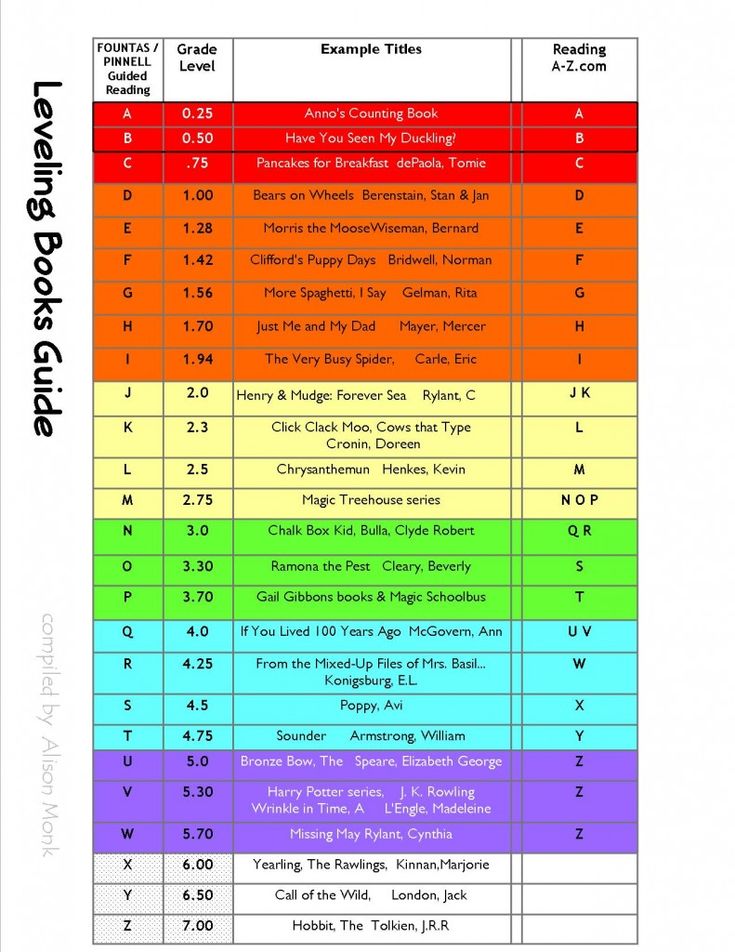Concepts of print definition
Concepts of print
Concepts of Print refers to the awareness of 'how print works'. This includes the knowledge of the concept of what books, print, and written language are, and how they function. It encompasses a number of understandings that allow the reading process to take place including:
- understanding that print conveys a message
- knowledge about book orientation and directionality of print, and
- distinction between sentences, words and letters, and
- knowledge of the alphabetic system and the difference between letters and words.
Understandings/elements of concepts of print in the English language
The main understandings or elements of Concepts of Print for English include the concept of text (how a text conveys a message), concept of book (how a book works, how different texts are organised), the idea of directionality (that English books are read from left to right, top to bottom), and other mechanical features (spacing, punctuation, the difference between letters, numerals, and other symbols).
Components of concepts of print
Concepts of print are important for emergent and early reading and writing (Clay, 1993).
Concepts of text
Understanding that print relays a message
Concept of book
- Book handling - holding the book the right way up
- Front cover, back cover
- Title, author, illustrator, blurb
Directionality
- Beginning at the front of the book, ending at the back
- Turning pages right to left
- Concept of top and bottom of a page - beginning at the top of the page and ending at the bottom of the page
- Reading pages from left to right
- Reading words from left to right
- Return sweep - reading left to right then sweep back to the beginning of the following line of text
- Concept of first, middle, last
- Word-to-word matching
Mechanics
- Knowledge that words are separated by spaces
- Recognising the difference between symbols including, alphabetic letters vs numerals vs punctuation
- The purpose of punctuation and capital letters
- Understanding that most printed words are read the same way each time (e.
 g. w-o-u-l-d will always be 'would')
g. w-o-u-l-d will always be 'would')
Through exposure to shared book reading in early childhood, and through modelled, shared, and guided reading in the early years, children develop concepts of print.
Examples to support the development of Concepts of Print
Concepts of print should be taught through text within the literacy lesson, for example by:
- reading a poem or a song that students are familiar with and highlighting features of the text - e.g. capital letters, full stops and discussing the purpose of these features
- reading a storybook and modelling and/or identifying features of text while reading, for example differences between words and letters, directionality, return sweep, front and back cover of book etc.
- reading books with different font types/sizes, bold, exclamation mark, question mark and capital letters
Building a print rich classroom environment - using labels, alphabet posters, word walls, reading corners also contributes to the development of concepts of print.

For examples, see:
- Modelled Reading
- Shared Reading
- Guided Reading
Alphabet knowledge
Alphabet knowledge is also considered a Concepts of Print component. This includes knowledge of the names of each letter, the order of the alphabet, recognition of each upper and lower case letter, and knowing the difference between letters and words.
Alphabet Knowledge includes recognising all the letters of the alphabet by name. This includes recognising upper and lower case letters. The metalinguistic awareness of knowing the difference between a "word" and a "letter" is also important for alphabet knowledge.
Relationship with phonics
While alphabet knowledge is the ability to recognise and name upper and lower case letters, phonics is the knowledge of sound-letter patterns, that is the sounds that letters make.
As there are 44 sounds (phonemes) , but only 26 letters, many letters make more than one sound. Also, letters are used to form graphemes, which could consist of one letter (graph), two letters (digraph), three letters (trigraph) or four letters (quadgraph).
Also, letters are used to form graphemes, which could consist of one letter (graph), two letters (digraph), three letters (trigraph) or four letters (quadgraph).
An important first step to learn the relationships between sounds is to have well developed Alphabet Knowledge: that is to know what each letter is called, and to be able to recognise these letters quickly and reliably.
Once students have strong alphabet knowledge they are able to apply this knowledge to learn about the sounds that letters and letter patterns (graphemes) make, and how phonemes map onto graphemes, i.e. phonics.
For more information, see:
- Phonics
- The 44 Sounds of English (docx - 116.91kb)
Relationship with phonological awareness
While alphabet knowledge is the ability to recognise and name upper and lower case letters, Phonological awareness refers to the awareness of sounds, rhymes, and syllables within words. Phonemic awareness (a critical subset of phonological awareness) refers to the ability to identify, segment, blend, delete and manipulate individual sounds.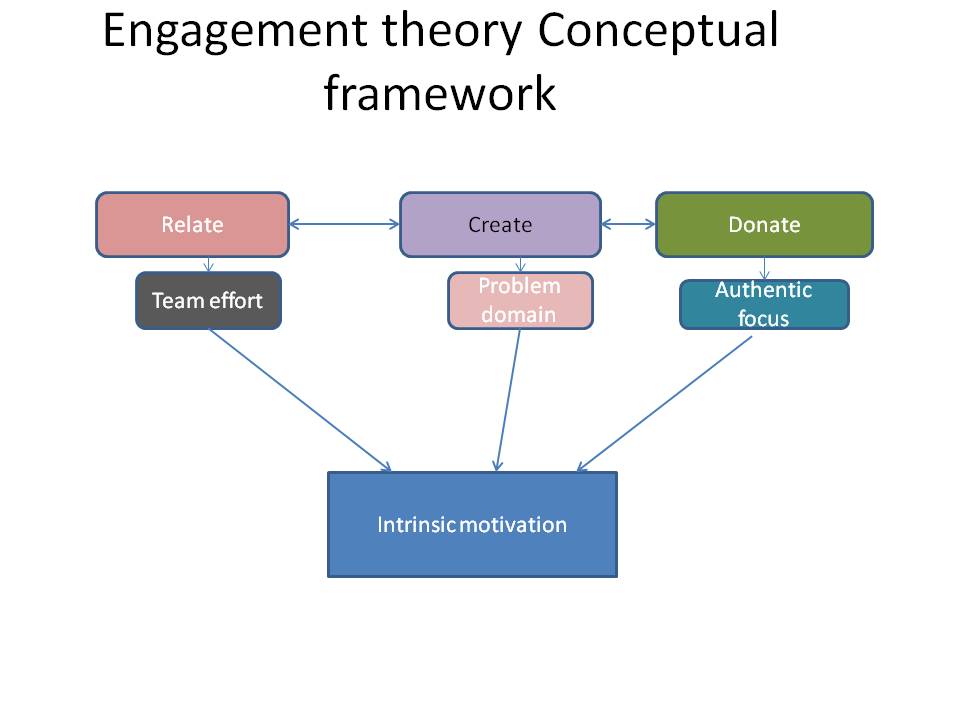 Alphabet knowledge is related to phonological awareness as children need to understand that words are made up of syllables, onset/rime, and individual sounds, and that letters of the alphabet are used to represent these sounds, as graphemes.
Alphabet knowledge is related to phonological awareness as children need to understand that words are made up of syllables, onset/rime, and individual sounds, and that letters of the alphabet are used to represent these sounds, as graphemes.
For more information, see: Phonological Awareness
Examples of alphabet knowledge activities
Contextualised teaching of alphabetic knowledge can occur through reading a fiction or non-fiction text to, for example:
- introduce the sound and the letter in focus, writing the letter before reading the text
- highlight particular letter/letters within the text
- identify initial sounds of words and distinguish upper and lower case letters
- recognise consonant digraphs/trigraphs
- discuss the different sounds that a letter can make from examples in a text
- find words that contain different consonant diagraphs e.g. /sh/, /ch/, /th/ -lunchbox, shoes, should, the, that
- compile words or letters from a text into lists to make games that will promote multiple exposure and repetition of alphabetic knowledge such as bingo, snap, memory, tic tac toe, letter sort.
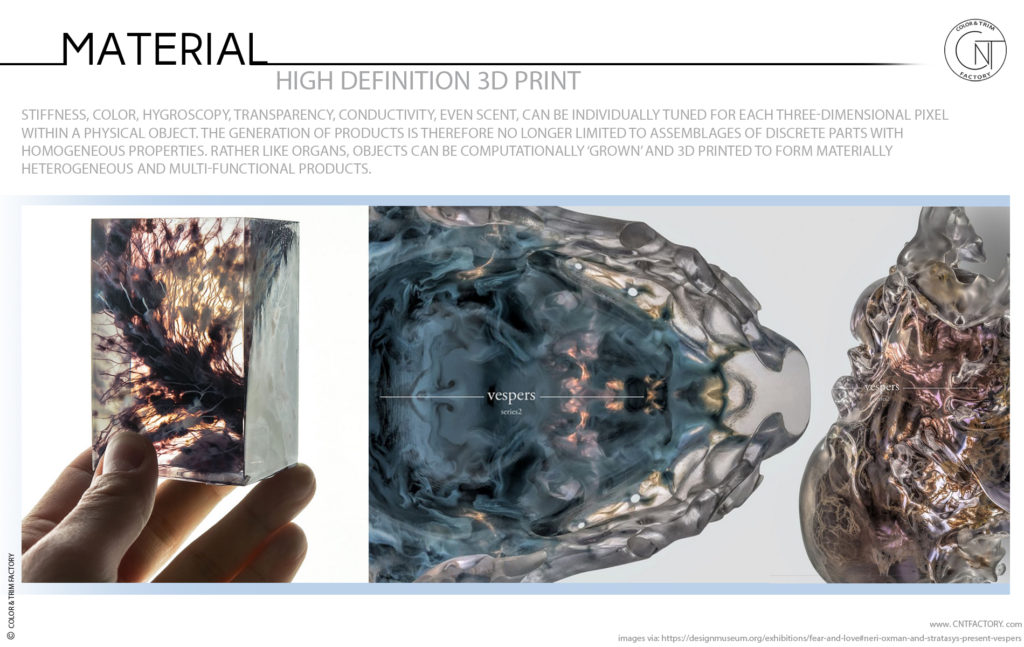
For examples, see:
- Modelled Reading
- Shared Reading
- Guided Reading
How does concepts of print relate to phonological awareness and phonics?
Phonological awareness allows students to hear the differences between words and sounds. Concepts of Print includes the recognition of symbols as letter shapes. Once this understanding is established, the letter shapes can be associated with sounds, connecting the visual, auditory and oral systems.
Links to the Victorian Curriculum - English
Foundation
Reading
- Recognise all upper- and lower-case letters and the most common sound that each letter represents (Content description VCELA146)
- Understand concepts about print and screen, including how books, film and simple digital texts work, and know some features of print, including directionality (Content description VCELA142)
Level 1
Reading
- Understand concepts about print and screen, including how different types of texts are organised using page numbering, tables of content, headings and titles, navigation buttons, bars and links (Content description VCELA177)
Links to the Victorian Curriculum - English as an Additional Language (EAL)
Pathway A
Reading and viewing
Level A1
- Understand the direction of English text (VCEALA034)
- Understand that texts are meaningful (VCEALA035)
- Distinguish Roman script from non-Roman script (VCEALA039)
- Understand and explore the basic features of different texts (VCEALL043)
- Understand and explore the basic features of different texts (VCEALL043)
- Identify some sounds in words (VCEALL050)
- Recognise capital letters, spaces and full stops (VCEALL052)
- Follow text with finger while reading (VCEALL053)
Level A2
- Understand how different types of images in texts contribute to meaning (VCEALA116
- Understand and use a small range of metalanguage for elements of text (VCEALL125)
- Relate most letters of the alphabet to sounds (VCEALL131)
- Understand and use simple metalanguage for books and reading (VCEALL044)
- Recognise that full stops and question marks separate text (VCEALL133)
Writing
Level A1
- Respond to the terms 'writing' and 'drawing' appropriately (VCEALA059)
- Illustrate a simple text (VCEALC058)
- Write a simple text that fulfils a function (VCEALC057)
- Recognise the importance of accurate reproduction of letters and words (VCEALA060)
- Use some conventions for printed English (VCEALL081)
- Experiment with some familiar punctuation (VCEALL079)
- Understand some terminology of writing in English and/or home language (VCEALA068)
Level A2
- Illustrate texts purposefully (VCEALC139)
- Use some punctuation consistently (VCEALL158)
- Adjust size of writing, colour, layout and choice of media to support meaning (VCEALL160)
Pathway B
Reading and viewing
Level BL
- Show awareness that texts convey meaning (VCEALA191)
- Distinguish Roman script from non-Roman script (VCEALA195)
- Recognise and explore texts in different media and modes (VCEALL199)
- Understand and explore the basic layout and conventions of simple texts (VCEALL200)
- Use basic terminology of reading (VCEALL202)
- Recognise the letters of the alphabet (VCEALL208)
- Understand the function of spaces, capital letters and full stops (VCEALL209)
- Demonstrate reading-like behaviour (VCEALL210)
- Attempt to self-correct (VCEALL211)
Writing
Level BL
- Copy words, phrases or sentences accurately and carefully (VCEALC216)
- Understand the difference between writing and drawing, and that writing changes according to context and purpose (VCEALA219)
- Apply common conventions when copying or writing texts (VCEALL236)
- Copy basic punctuation as part of writing work (VCEALL238)
References
Clay, M. M. (1993). An observation survey of early literacy achievement. Heinemann, 361 Hanover St., Portsmouth, NH 03801-3912.
M. (1993). An observation survey of early literacy achievement. Heinemann, 361 Hanover St., Portsmouth, NH 03801-3912.
Concepts of print (emergent literacy)
The awareness of how print works including emerging knowledge about books, print, and written language, and how we use them.
Concepts of print can be described as a "set of rules" that are followed by readers and writers so that the text can be understood in the intended way. Concepts of print demonstrate to children the logistics of reading and writing, which allow the processes of literacy to take place.
For example:
- understanding that print relays a message
- knowledge about book orientation and directionality of print
- book handling (e.g. holding a book right way up, turning pages)
- emerging knowledge of the alphabet
- awareness of books, pages, words and letters.
Children who are learning about books and reading need to know these concepts so that they are able to understand the rules and begin to understand the message.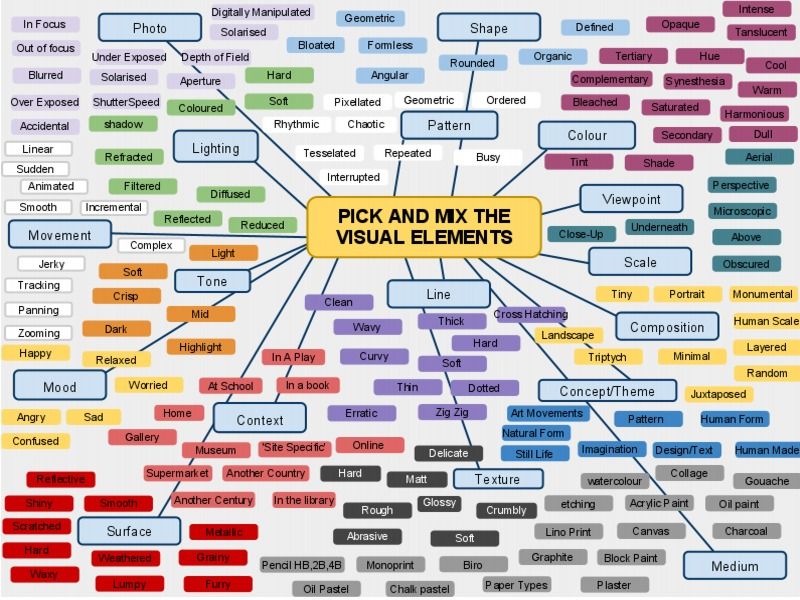
Examples of concepts of print
The main understandings or elements of concepts of print for English include the concept of text, concept of book, the idea of directionality, mechanical features, and alphabet knowledge. Concepts of print are important for emergent reading and writing (Clay, 2013; Justice & Ezell, 2004; Piasta et al., 2016).
From a very young age children engage in writing and drawing to represent real things (Bradford and Wyse, 2010). Children can distinguish between drawing, writing, and numbers based on their understanding of the concepts they represent (Lancaster, 2007; Wells Rowe & Neitzel, 2010).
Using verbal and non-verbal cues to direct children’s attention during reading affects their later print knowledge and literacy skills (Justice & Ezell, 2004).
Similarly, calling children’s attention to the sound structure of words during reading promotes their phonological awareness (Piasta et al., 2016). Shared reading with embedded vocabulary instruction also helps children to make meaning from print, especially when reading is coupled with extension activities (Piasta et al.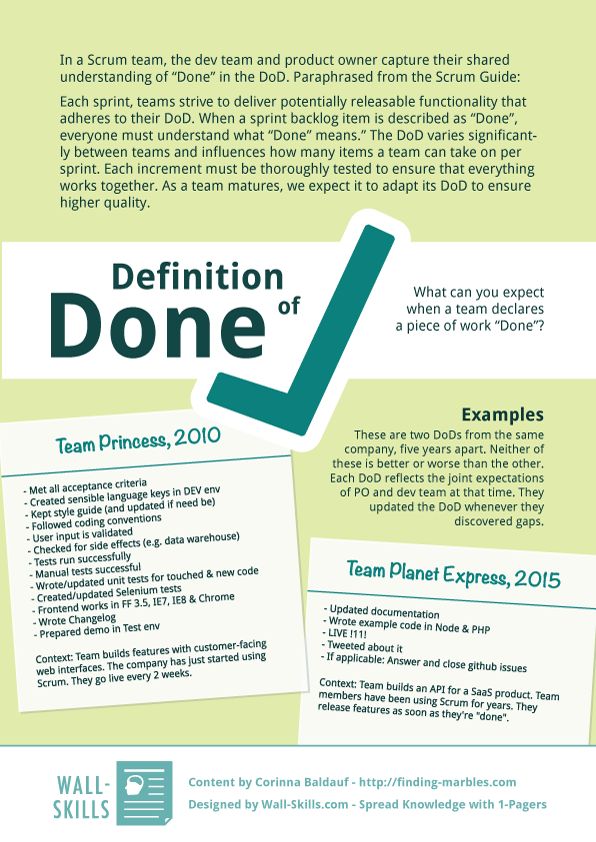 , 2016).
, 2016).
Concepts of print examples diagram
Concept of text
- Understanding that print relays a message
Concept of book
- Book handling - holding the book the right way up
- Front cover, back cover
- Title, author, illustrator, blurb
Directionality
- Beginning at the front of the book, ending at the back
- Turning pages left to right
- Concept of top and bottom of a page - beginning at the top of the page and ending at the bottom of the page
- Reading pages from left to right
- Reading words from left to right
- Return sweep - reading left to right then sweep back to the beginning of the following line of text.
Mechanics
- Knowledge that words are separated by spaces
- Recognising the difference between symbols including, alphabetic letters vs. numerals vs. punctuation
- The purpose of punctuation and capital letters
- Understanding that most printed words are read the same way each time (e.
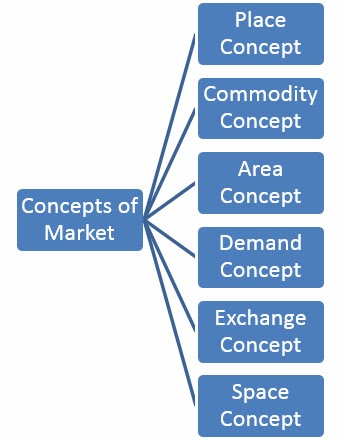 g. the letters w-o-u-l-d will always say 'would').
g. the letters w-o-u-l-d will always say 'would').
Alphabet knowledge is also considered a concepts of print component. This includes:
- knowledge of the names of each letter
- knowing the order of the alphabet
- recognition of each upper and lower case letter
- knowing the difference between letters and words.
The metalinguistic awareness of knowing the difference between a "word" and a "letter" is also important for alphabet knowledge. This is because children need these metalinguistic terms to talk about the concepts they are grasping, as they begin to recognise familiar words and letters.
It should be noted that children are not required to have an extensive knowledge of the sounds that letters make (phonics) before transition to primary school. However, being able to recognise and name letters (alphabet knowledge) is a very useful emergent literacy skill, encouraged in Language and Emergent Literacy Learners. The development of alphabet knowledge before school (along with phonological awareness and oral language) is an important predictor of early reading success.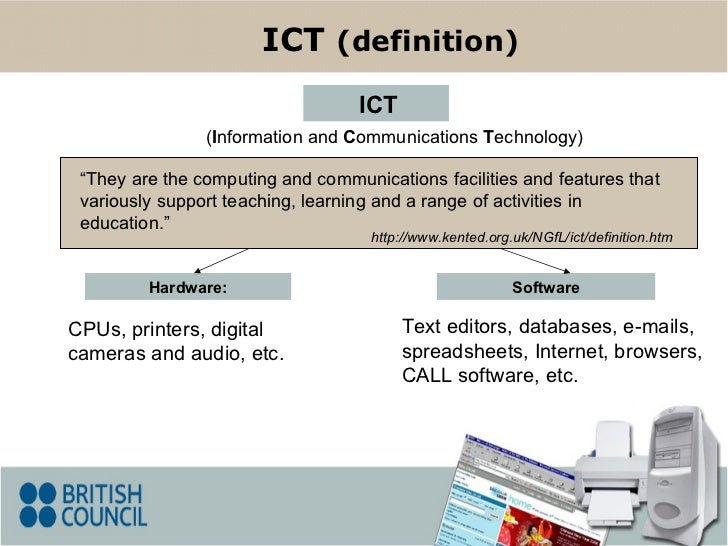
Part of the mechanics of concepts of print includes the recognition of letters. Once children have a grasp of the concept of letters and their names, then the letter shapes can be associated with their sounds.
Phonological awareness is the knowledge of how the sound system (phonology) works (e.g. syllables, rhyming, individual speech sounds in words).
While alphabet knowledge (part of concepts of print) is the ability to recognise and name upper and lowercase letters, phonics is the knowledge of sound-letter patterns: what sounds letters make.
Alphabet knowledge is a crucial precursor to early phonics knowledge.
For more information see:
- Phonological awareness
- Phonics
- Victorian Early Years Learning and Development Framework
- VEYLDF Illustrative maps
Outcome 4: Learning
Children resource their own learning through connecting with people, place, technologies and natural and processed materials
- explore the purpose and function of a range of tools, media, sounds and graphics
Outcome 5: Communication
Children engage with a range of texts and get meaning from these texts
- view and listen to printed, visual and multimedia texts and respond with relevant gestures, actions, comments and/or questions
- explore texts from a range of different perspectives and begin to analyse the meanings
- actively use, engage with and share the enjoyment of language and texts in a range of ways
- recognise and engage with written and oral culturally constructed texts
Children begin to understand how symbols and pattern systems work
- view and listen to printed, visual and multimedia texts and respond with relevant gestures, actions, comments and/or questions
- develop an understanding that symbols are a powerful means of communication and that ideas, thoughts and concepts can be represented through them
- begin to be aware of the relationships between oral, written and visual representations
- begin to recognise patterns and relationships and the connections between them
General ideas
Build a print rich environment:
- use labels, alphabet posters, word walls, reading corners
Incorporate print (with images) in everyday situations, including routines, transitions, mealtimes, and nappy changes:
- use labels, posters, signs, instructions, recipes
Provide print-based play materials to enhance planned and spontaneous play:
- use labels, pretend money, name tags, signs, newspapers, books, lists, menus, diagrams, directions
Use a poem or a song that children are familiar with and highlight the features of a text in different colours.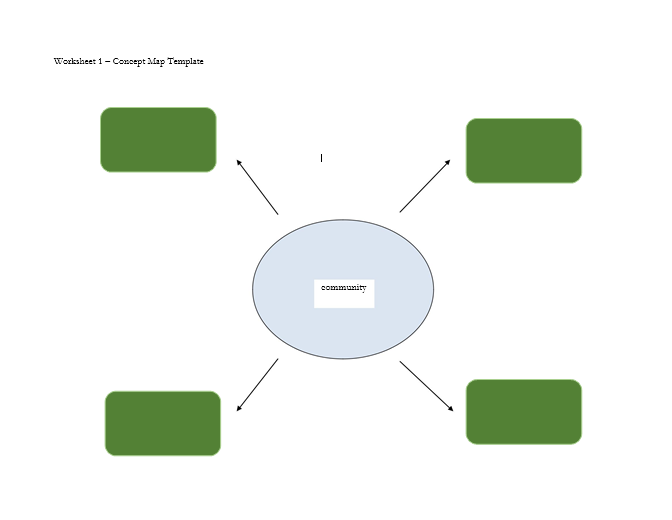
This leads to discussion about the purpose of these features. For example:
- capital letters (highlight green)
- full stops (highlight yellow)
Read a storybook to model and/or identify features of a text while reading, for example differences between words and letters, directionality, return sweep, front and back cover of book..
Read books with different font types/sizes, bold, exclamation mark, question mark and capital letters.
Ideas for alphabet knowledge
- Make letter shapes out of playdough, clay, or other materials
- Use magnetic letters (or writing) for recognising initial sounds of objects
- Bingo
- Go fish with alphabet cards
- Upper/lower case letter matching
- Early handwriting experiences - letter formation
- Alphabet soup
- Circle time - recognising cards or 3D letters from a 'mystery bag'
- What am I drawing? - draw a letter on each other's back; children need to guess the correct letter
- Read a familiar poem or story - highlight one or more familiar words, letter or letters of the alphabet within the story
- Lots of Trucks: Play, Reading, and Extending Language (Part 1)
- Making Meaning: Reading with Children
For age groups:
- Where Is The Green Sheep?
For age groups:
- Early language users (12 - 36 months)
- Reading areas
- Print in other languages
- Chia Seed Sprouts
- Print in Sociodramatic Play.
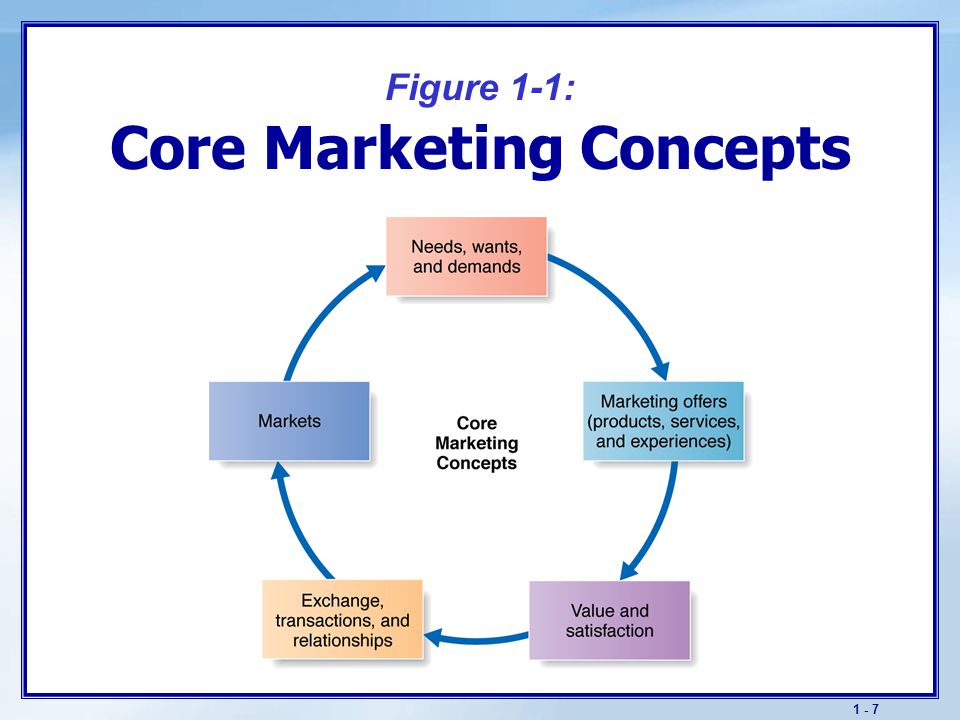
For age groups:
- Language and Emergent Literacy Learners (30 - 60 months)
Learning foci and teaching practices:
- Phonological Awareness
- Phonics
- Literacy-rich environment
- Reading with children
- Writing with children
- Independent reading and writing
- Play
- Sociodramatic Play
- Performing Arts
- Fine Arts
Bradford, H., & Wyse, D. (2010). Writing in the early years. In Wyse, D., Andrews, R., & Hoffman, J. (Eds). The Routledge international handbook of English, language and literacy teaching (pp. 137-138). London: Routledge.
Clay, M. M. (2013). An observation survey of early literacy achievement (3rdEd.). Auckland: Pearson.
Justice, L. M., & Ezell, H. K. (2004). Print Referencing: An Emergent its Clinical Applications. Language, Speech, and Hearing Services in Schools, 35(April), 185–193.
Lancaster, L. (2007). Representing the ways of the world: How children under three start to use syntax in graphic signs. Journal of Early Childhood Literacy, 7(2), 123-154.
Piasta, S., Phillips, B., Williams, J., Bowles, R., & Anthony, J. (2016).
Measuring Young Children’s Alphabet Knowledge: Development and Validation of Brief Letter-Sound Knowledge Assessments. The Elementary School Journal, 116(4), 523-548.
Victorian State Government Department of Education and Training (2016) Victorian early years learning and development framework (VEYLDF) (pdf - 1.14mb) Retrieved 3 March 2018,
Victorian Curriculum and Assessment Authority (2016) Illustrative Maps from the VEYLDF to the Victorian Curriculum F–10. Retrieved 3 March 2018,
Wells Rowe, D., & Neitzel, C. (2010). Interest and Agency in 2- and 3-Year-Olds’ Participation in Emergent Writing. Reading Research Quarterly, 45(2), 169–195. dx.doi.org/10.1598/RRQ.45. 2.2
2.2
Authoritarian conception of the press - Studopediya
not only news is reported, but also directives (instructions) are sent to the localities
2) preliminary censorship
3) no sensations
4) truthful information is often sacrificed to the interests of the authorities.
5) press structure – vertical.
Yus. State power exercises full control over the production of printed matter, namely, its ideological orientation
was formed in the era of absolutism, the monarchy and the church made printing an instrument of management people
no newspaper could be printed without the consent of the authorities"La Gazette" (Theophrasto Renaudeau) for Cardinal Richelieu and Louis 13 means of implementing the political program
the publisher could publish only what was beneficial to the government
6 the newspaper was made by order of , or at least with the permission of the king and cardinal Richelieu was in fact its supreme editor.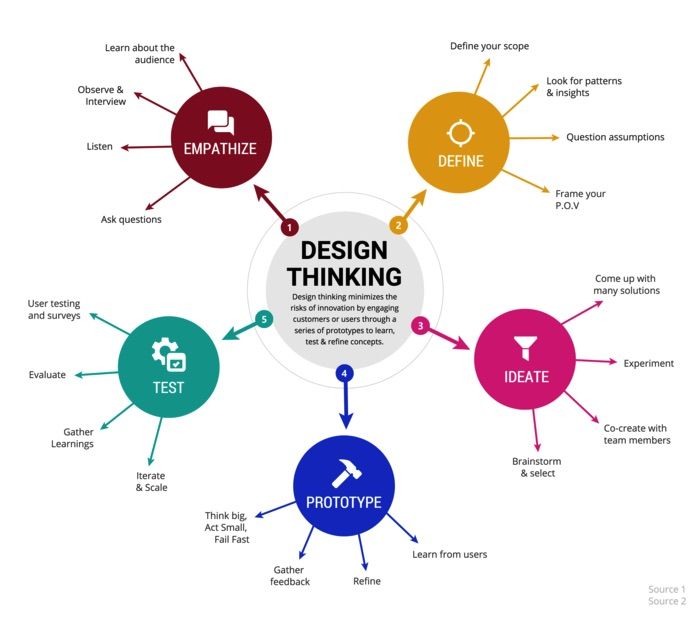
opposition publications banned , censorship tracked seditious writings threatening the authority of the monarch and the church
for the 17th - 18th centuries. the government issued many laws restricting the printed word
a large number of institutions of secular and spiritual power, designed to destroy objectionable works
violators were persecuted and severely punished , up to the application of death execution
All this slowed down the development of the seal in France-before the start of the VFR
1789-1794-the Great French Revolution (all stages) bourgeois-democratic, a blow to feudal-abolutist. building , the ground for the development of capitalism
the rebels (cross, workers - 3rd estate) stormed the Bastille - a symbol of French absolutism, a revolution across the country
against - the constitutional-monarchist bourgeoisie and the liberal nobility, the constitutional monarchy
1792 - abolition of royal power , established republic , Louis 16 executed , the Girondins came to power.
1792-1793 - struggle between Jacobins (Paris Commune, people, for the expansion of the revolution) and Girondins (Legislative Assembly, bourgeoisie, conservatives, stop the revolution).
1793-1794 - revolutionary democrat. Jacobin dictatorship, terror , head - Robespierre
1974 - counter-revolutionary coup 9 Thermidor, overthrew the Jacobin dictatorship, the end of the revolution,
Outcome: the bourgeoisie, capital is the result of all revolutions (there is no absolute monarchy and power of the people)
defeat of the revolution
1789 - preliminary censorship was abolished without a long struggle, then - on political freedom of newspapers0002 Article 11: « Free expression of thought and opinion is one of the most valuable human rights. Every citizen, therefore, has the right to freely speak, write and print , being responsible for abuses of this freedom in cases determined by laws "
1791 - French concept of freedom of the press :
1) the greatest role of the state in journalism - feature , in comparison with English. and American concept
and American concept
2) journalism is regulated by legislation ;
3) for the first time the human rights are declared .
Its formation was painful , almost a century after the adoption of the Declaration, there was a struggle for the real implementation of its principles, incl. during Napoleon
Shl. after the authoritarian concept, the press was democratic - with freedom of the press (in all countries)
+
Concepts of freedom of the press, theories of journalism
AT recently in Russian society naturally increased interest in various aspects of civil society and, especially, to the problem of freedom the words. I've been thinking about this problem Greek statesman and orator Demosthenes (c. 384-322 BC), who said that the deprivation of a person's right speaking freely is greatest disaster. Other antique scientist, Roman historian Tacitus (c.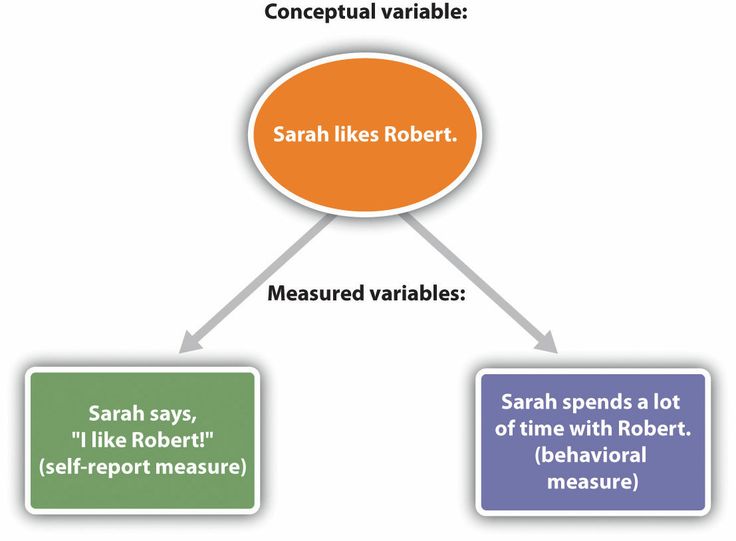 58 - OK. 117), praised the emperor Trajan for happy times when everyone was free to say what he thought. Systematic consideration of the problem freedom of the press began with the invention and dissemination in the world of print machine. Ironically, in 1485 Archbishop of the city of Mainz, where he lived inventor of the Gutenberg printing press, organized the first censorship committee, and already at 1493 year Inquisition of Venice issued a list of books banned church. B 1559 Index Librorum Prohibitorum was obligatory for all Catholics, and he constantly replenished by the Inquisition.
58 - OK. 117), praised the emperor Trajan for happy times when everyone was free to say what he thought. Systematic consideration of the problem freedom of the press began with the invention and dissemination in the world of print machine. Ironically, in 1485 Archbishop of the city of Mainz, where he lived inventor of the Gutenberg printing press, organized the first censorship committee, and already at 1493 year Inquisition of Venice issued a list of books banned church. B 1559 Index Librorum Prohibitorum was obligatory for all Catholics, and he constantly replenished by the Inquisition.
secular power in the Middle Ages also followed along the way of restricting the freedom of the press and tried to control the speech citizens. Thomas Hobbes in Leviathan argued the need for a state control over the opinions of citizens. Legal document establishing such control, became the "English Ordinance on the regulation of printed matter" (English Regulation of printing act).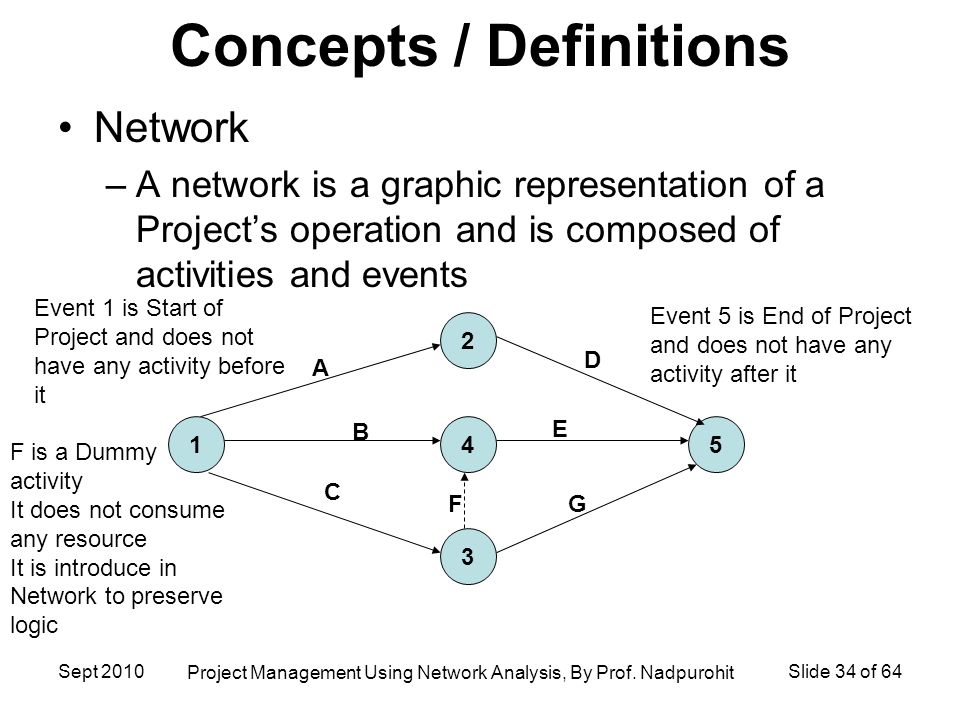 This law limited by providing printing licenses printed products.
This law limited by providing printing licenses printed products.
Start fight for freedom of the press put John Milton in Areopagitica, published in 1644. Milton developed the idea that that during fair public debate truthful and positive arguments will always prevail false ideas. public debate, in his opinion, lead to harmony and fair social order. AT his famous speech to to the English Parliament, he spoke for freedom of the press. Milton pathetically proclaimed: "Truth does not need licensing to win." And at 1695 yr "English Ordinance on regulation of printed matter” was cancelled.
AT Sweden in 1766 freedom clause seal was formalized law that included the right to free information to citizens. freedom press was enshrined in the legislative document that became the forerunner Constitution of the State of Virginia, "Declarations on Rights" of 1776, which stated that that freedom of the press is essential bastion of freedom and should not be limited despotic government.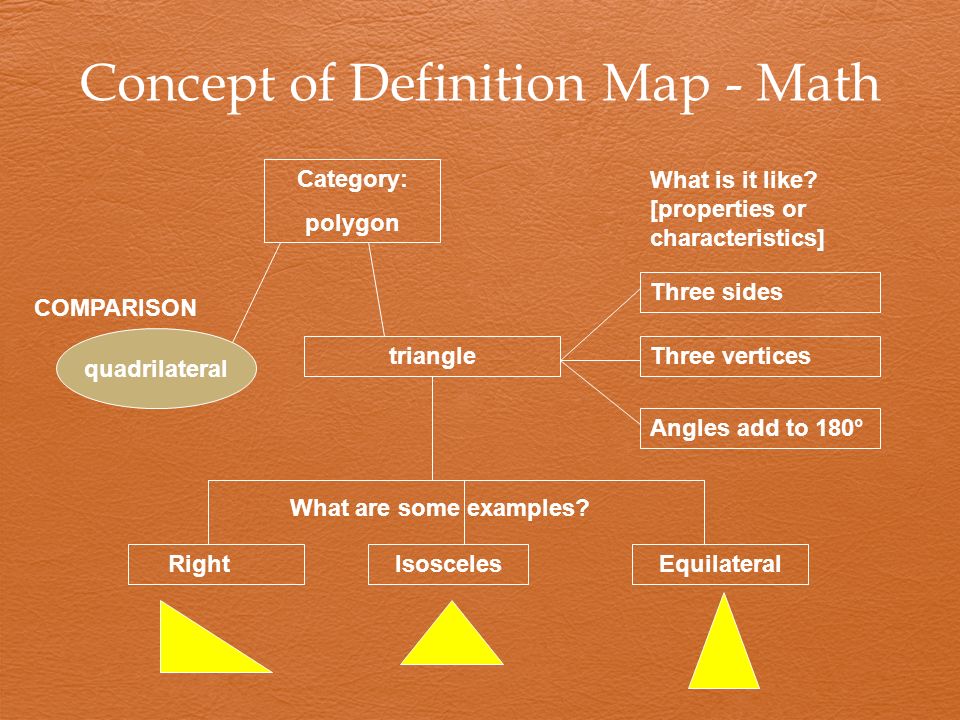
In French Declaration of the Rights of Man and a citizen” in 1789, it was proclaimed that that unlimited freedom of expression their thoughts and opinions is one of essential human rights; everyone can speak, write and distribute printed matter freely. And finally in the United States in 1791 "Law on Rights” in Article 1 approved the provision that "Congress shall not pass law ... restricting freedom of speech or print." This position was ratified as "First Amendment" to the United States Constitution. FROM this amendment begins the stage systematic and interdisciplinary studying the principles of freedom of the press and development of theoretical knowledge on this issue.
After adoption of the "First Amendment" disputes about the need to control funds media has not stopped. On the one hand, many legal scholars claimed that the entry "Congress is not must legislate" means only one thing, namely, it is impossible to pass a law, restricting freedom of the press, and another, quite authoritative theorist Media, including G.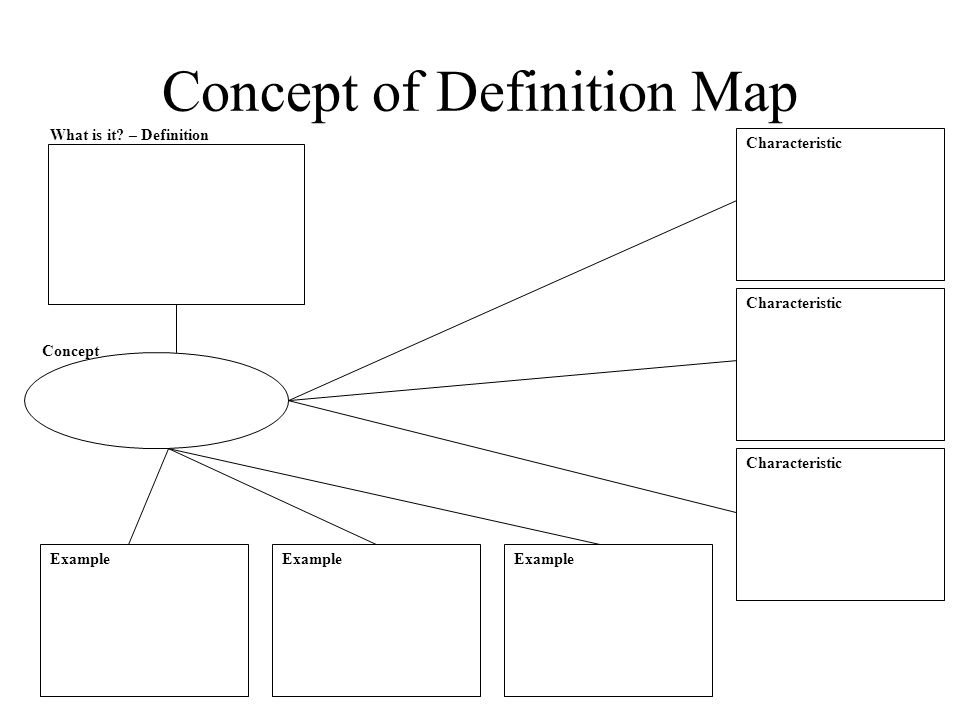 Lasswell, W. Lippmann, favored some form of control over mass media. They indicated into unacceptable for society as a whole examples of journalistic intervention in privacy of citizens, replication child pornography, false advertising, insulting attacks against opponents. In order to limit the spread these negative phenomena, not only scientists, but also politicians, ordinary people advocated for control society over the content of the media. But many from decades ago questions have not been answered today, namely, who will control media content? Government officials? Military? Religious figures? MPs? Secret Service? Police? And will citizens trust censored MASS MEDIA?
Lasswell, W. Lippmann, favored some form of control over mass media. They indicated into unacceptable for society as a whole examples of journalistic intervention in privacy of citizens, replication child pornography, false advertising, insulting attacks against opponents. In order to limit the spread these negative phenomena, not only scientists, but also politicians, ordinary people advocated for control society over the content of the media. But many from decades ago questions have not been answered today, namely, who will control media content? Government officials? Military? Religious figures? MPs? Secret Service? Police? And will citizens trust censored MASS MEDIA?
AT XX century, it became clear that the harm from control there is more harm for the media than from self-control journalists over their activities. But the debate over press freedom will not soon subside in society, because this freedom is at odds with other basic rights guaranteed Constitutions of many countries of the world.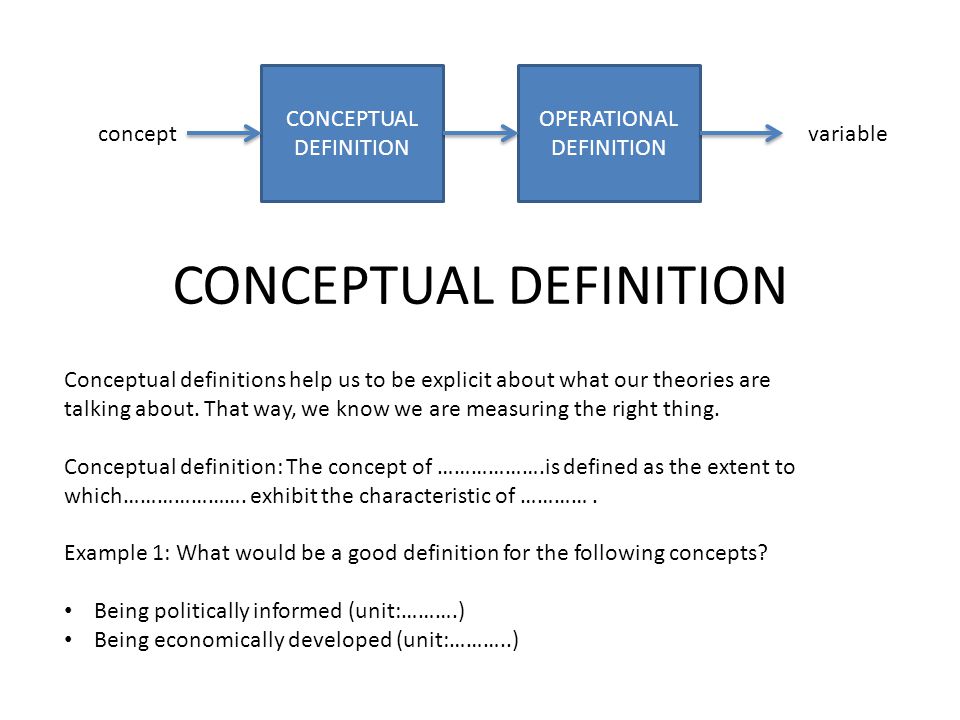 These questions are of practical importance in conditions where individual printed publications are trying to incite hatred to racial, ethnic and other minorities. And the question is about control. over irresponsible journalists. But then what about the fundamental human right to freedom of speech? All these questions remain relevant in conditions for the emergence of new funds mass communication, activation publishers, advertising agents and editors newspapers and magazines to protect their political and commercial interests. In order to properly resolve the conflict between journalists and public, to prevent the revival censorship, on the one hand, and, on the other, protect the public from dishonest information, it is necessary to take into account the long-term experience of how such contradictions in foreign theory mass communication and civilized political practice.
These questions are of practical importance in conditions where individual printed publications are trying to incite hatred to racial, ethnic and other minorities. And the question is about control. over irresponsible journalists. But then what about the fundamental human right to freedom of speech? All these questions remain relevant in conditions for the emergence of new funds mass communication, activation publishers, advertising agents and editors newspapers and magazines to protect their political and commercial interests. In order to properly resolve the conflict between journalists and public, to prevent the revival censorship, on the one hand, and, on the other, protect the public from dishonest information, it is necessary to take into account the long-term experience of how such contradictions in foreign theory mass communication and civilized political practice.
Freedom press as an element of the theory of mass communications
One of the most authoritative books on this problem was published in 1956. Her the authors, analyzing the freedom of the press in different countries and in different historical era, all the variety of theoretical views on that problem were divided into four groups. In authoritarian group there are theoretical justifications for that the press should support politics government in power. In accordance with established practice authoritarian publisher or editor must take a patent from the ruler or license for the production of printed products. Through this system of patents, licenses, forced self-restraint into journalists, as well as through direct censorship, the government protects itself from media criticism. Under an authoritarian the system allows private or public ownership of the media, but not any criticism is allowed the existing system, and individual its representatives located on top of the government pyramid.
Her the authors, analyzing the freedom of the press in different countries and in different historical era, all the variety of theoretical views on that problem were divided into four groups. In authoritarian group there are theoretical justifications for that the press should support politics government in power. In accordance with established practice authoritarian publisher or editor must take a patent from the ruler or license for the production of printed products. Through this system of patents, licenses, forced self-restraint into journalists, as well as through direct censorship, the government protects itself from media criticism. Under an authoritarian the system allows private or public ownership of the media, but not any criticism is allowed the existing system, and individual its representatives located on top of the government pyramid.
L liberal theory press grew directly out of ideas and views of the Enlightenment in England 18th century.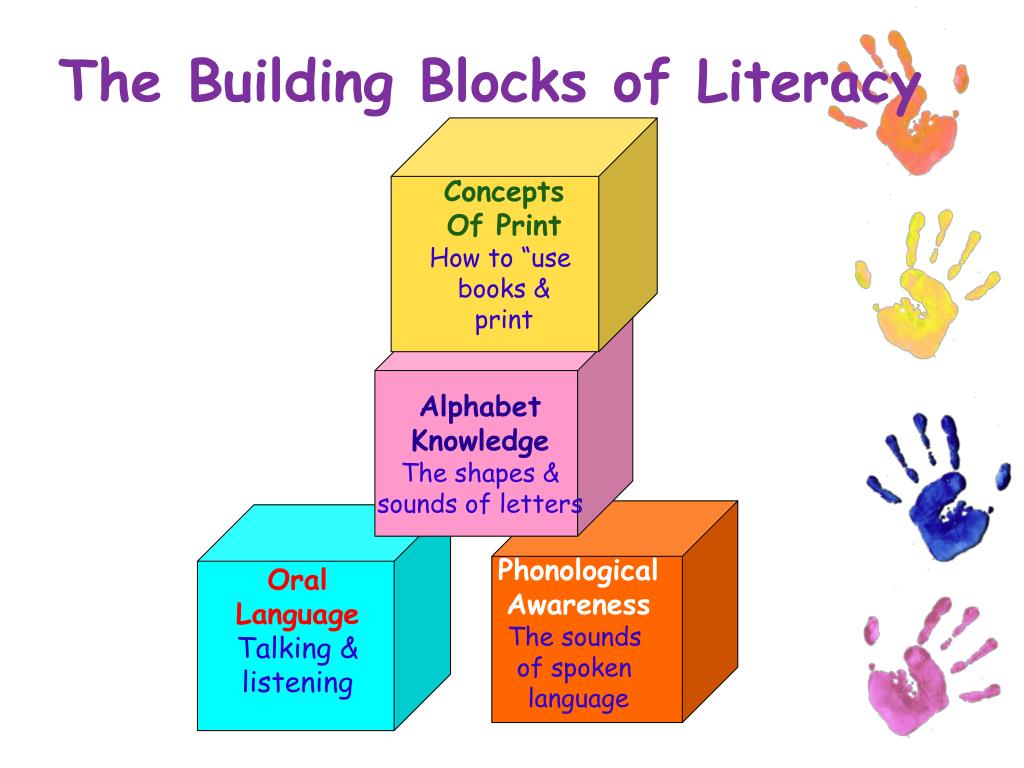 In line with her views founders Milton, Locke, Mill the press should serve society as a whole, help spread the truth by its information and entertainment. At it was considered right that the owners The media must benefit from their noble activity. In theory emphasized that the press should be in private hands, but each citizen must have unhindered the right to publish their own newspaper. Control over the press should be carried out by protection of truth and the principle of citizen participation in a free market for the exchange of ideas. AT as a result of these postulates, implemented into life, the truthful media will have to find your supporters and readers, who will be their own wallet support truthful journalists and publishers, and, accordingly, dishonest and unscrupulous publishers should will lose such support, go bankrupt and leave the market. legal system must intervene in this process when it comes to defamation, obscene language in the press, obscenities and incitement to mutiny in military time.
In line with her views founders Milton, Locke, Mill the press should serve society as a whole, help spread the truth by its information and entertainment. At it was considered right that the owners The media must benefit from their noble activity. In theory emphasized that the press should be in private hands, but each citizen must have unhindered the right to publish their own newspaper. Control over the press should be carried out by protection of truth and the principle of citizen participation in a free market for the exchange of ideas. AT as a result of these postulates, implemented into life, the truthful media will have to find your supporters and readers, who will be their own wallet support truthful journalists and publishers, and, accordingly, dishonest and unscrupulous publishers should will lose such support, go bankrupt and leave the market. legal system must intervene in this process when it comes to defamation, obscene language in the press, obscenities and incitement to mutiny in military time.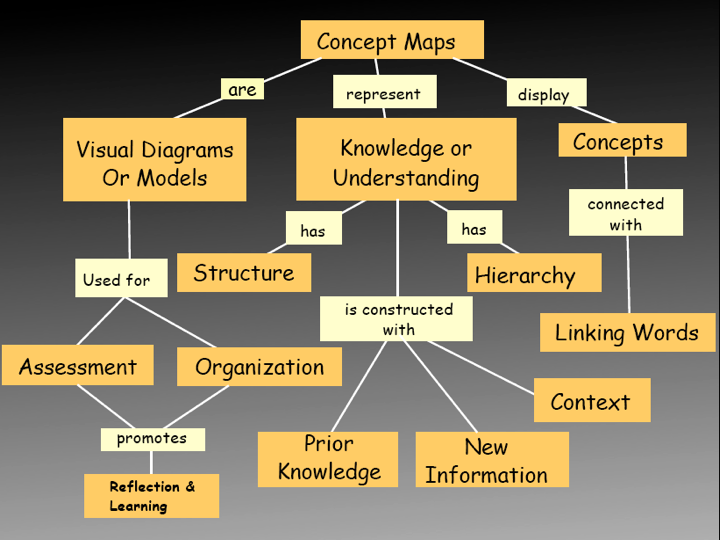
This theory has gained wide acceptance distribution in Western countries Europe and America before the start of industrial revolution. Technical inventions allowed to print newspapers and magazines in large quantities. major publications, having accumulated capital, began to buy newspapers and the magazines of their less fortunate competitors who had to or merge into a single team or yield the market to the richer and more powerful MASS MEDIA. This situation has led to a reappraisal many values of the Enlightenment and liberalism. The thinking individual has lost opportunity to influence society important developments in the country. His voice ceased to be heard in the stream of commercial advertisements and tabloids. Big business often manipulated the public opinion. The era of rationalism has given way in the fight against irrational attraction some publishers and editors to profit and influence on the minds of people, and this led to a reassessment of the ideas of liberalism in different parts of the world, including his homeland.
Answer on negative phenomena in the sphere of mass communications in the XX century became theory social responsibility , according to which the media industry, which wholly under the protection of the Law about rights”, should carry social responsibility for the results of activities. To a large extent this theory developed from the provisions professional codes of ethics for journalists, decisions of professional conventions and symposia, as well as through the work US Press Freedom Commission, over known as the Hutchins commission. According to the views of the proponents theories of social responsibility, every member of society should have opportunity to speak in the press on a public issue, the media themselves must remain until a certain degrees under local control the public. In addition, electronic and broadcast media should receive government license. However owners and shareholders especially of electronic The media were not satisfied with this development events.
started struggle for "deregulation" of the market. The severity of contradictions in this area reached its peak due to with the development of the latest electronic media - cable and digital television, as well as the Internet. In accordance with decision of the Federal Commission on communications (Federal Communications commission) US analog NTSC must be replaced by a digital signal in 2006 Technical progress in the field communication did not solve the problem of freedom and the responsibility of a journalist to society, but postponed its decision for more late term. A few years later, but already at a higher technical level professionals, politicians and the public will have to decide who should follow for the media to function in socially responsible manner.
Except the above points of view freedom of the press in society is known and theory totalitarian journalism . Theorists believe that authoritarian journalism over time evolved into a totalitarian Soviet journalism.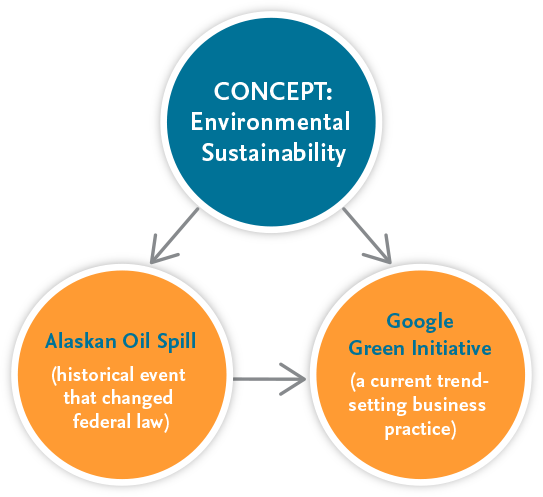 The main mission of such journalism should have been the maintenance of the Soviet systems. Within the totalitarian theory a special place is given to the political, economic and other control over the media from the government and secret services. Only absolutely loyal and orthodox party members have Opportunity to appear regularly in the media.
The main mission of such journalism should have been the maintenance of the Soviet systems. Within the totalitarian theory a special place is given to the political, economic and other control over the media from the government and secret services. Only absolutely loyal and orthodox party members have Opportunity to appear regularly in the media.
FROM A lot has changed since Soviet times. More radical reforms took place in countries of Eastern Europe. In China in limited scale was allowed private ownership of newspapers. Does it mean is that the totalitarian model of journalism ceased to exist? For correct understanding of the problem. it is necessary to answer the question of what model of journalism viewers and readers have an affair when they watch the state television, read the state newspaper? What changes is the fact that federal and regional government The media have lost their monopoly event coverage and forced to compete with newspapers and magazines with a different form property?
AT another well-known book difference between models of journalism in different countries of the world was revised and in largely mitigated.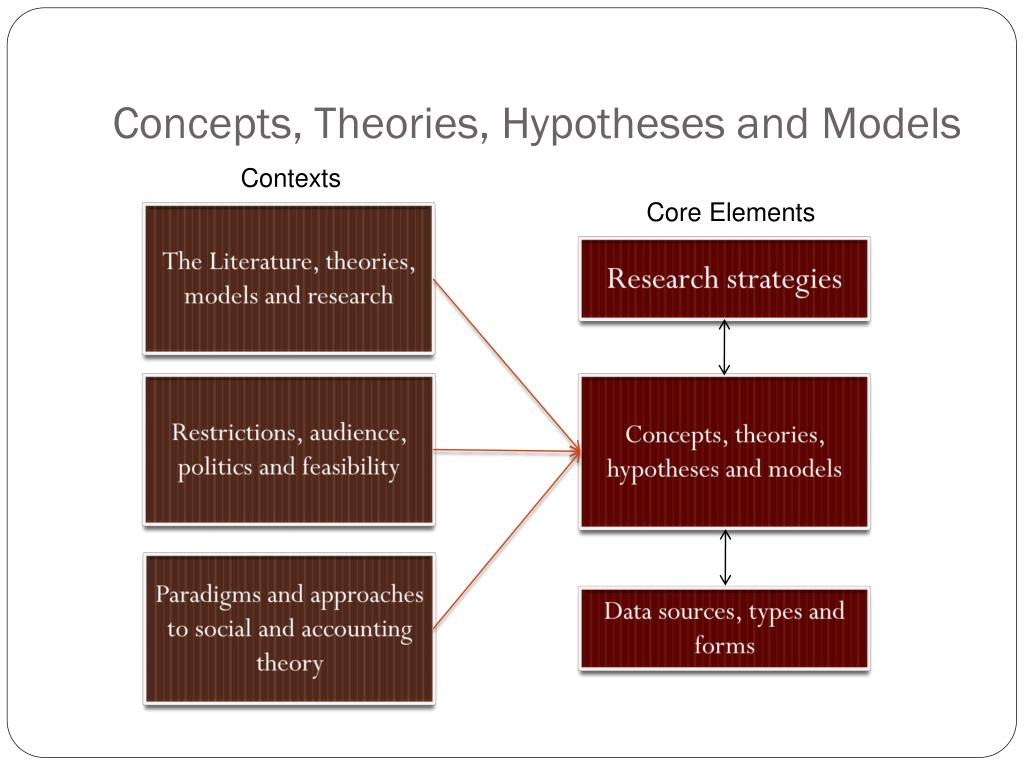 Its author argued that under current conditions The press acts as an agent of those forces in which hands are economic, political and social levers of influence on society. Altschul, based on deep historical analysis of the press, identified three main models of journalism in the modern world: market (or capitalist) model; Marxist (or socialist) model; developing (typical for developing countries) model. Within these models, there are different views on freedom of the press.
Its author argued that under current conditions The press acts as an agent of those forces in which hands are economic, political and social levers of influence on society. Altschul, based on deep historical analysis of the press, identified three main models of journalism in the modern world: market (or capitalist) model; Marxist (or socialist) model; developing (typical for developing countries) model. Within these models, there are different views on freedom of the press.
Main postulates of market freedom of the press models are that journalists free from any external control; the free press is the press that does not serve the authorities and does not juggle facts in the interests of the authorities; not necessary in a special policy in order to guarantee freedom of the press. AT Marxist model of freedom of the press means that the opinions of all people published, and not only those who have wealth; the free press opposes oppression; national policy should be geared towards freedom print was correct.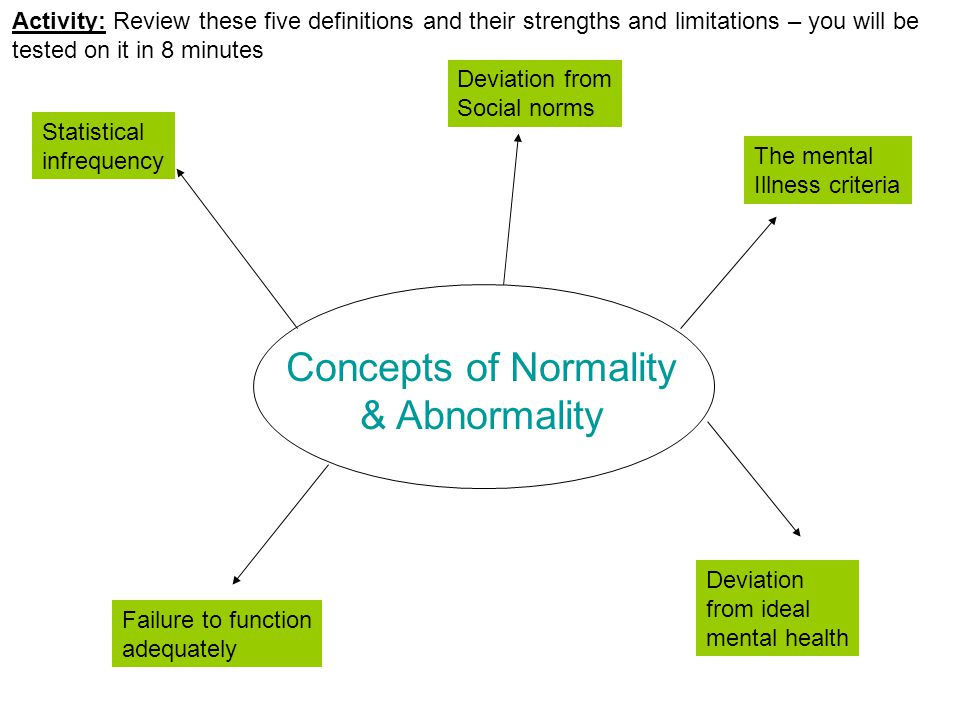 AT emerging model: free printing means freedom of conscience for journalists; a free press is less important than the survival of the whole nation; national policy should provide legal defense of freedom.
AT emerging model: free printing means freedom of conscience for journalists; a free press is less important than the survival of the whole nation; national policy should provide legal defense of freedom.
Despite on differences in press models, Altschul was rather pessimistic on freedom of the press in modern the world. The conclusion he formulated in the title of the book, reads: in all countries The media carry out the will of the people who have political and economic power, and are not independent. belief freedom of speech is very widespread among journalists, but understood by all differently. Doctrine of social responsibility is also extremely widespread throughout the world, and all journalists believe in what they serve interests of the people and carry out their will. Journalism schools always reproduce ideological values of that system, in which they exist. Paradoxically and witty sounded his statement and that the practice of the media is always not consistent with the theory of journalism.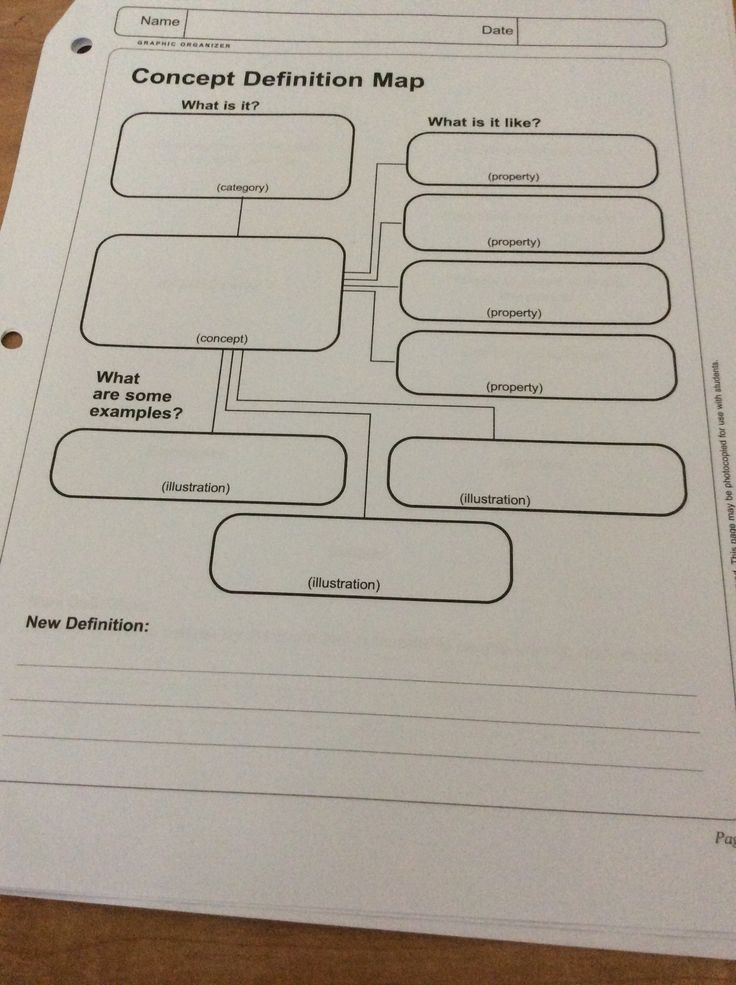
Wide There are also two legal approaches to issues of press freedom in theory mass communication that flow from the analysis of judicial practice. The first - "functional", or whatever it is called "structuralist" - represented by the writings of Alexander Meiklejohn and is based on the assertion that "the first amendment" to the American Constitution guarantees freedom of the press only in if it is used for the benefit of the common good. Another approach to the issue of freedom of the press, which represented by the work of Lawrence Tribe, based on the notion that freedom printing performs a wider function in society and serves, in particular, for individual freedom of expression individual.
AT Russian theory of journalism the most telling point of view the problem of freedom of the press E.P. Prokhorov. He expressed his belief that freedom there is a "perceived need", and “truly free behavior is determined like creative the use of knowledge of the need ".